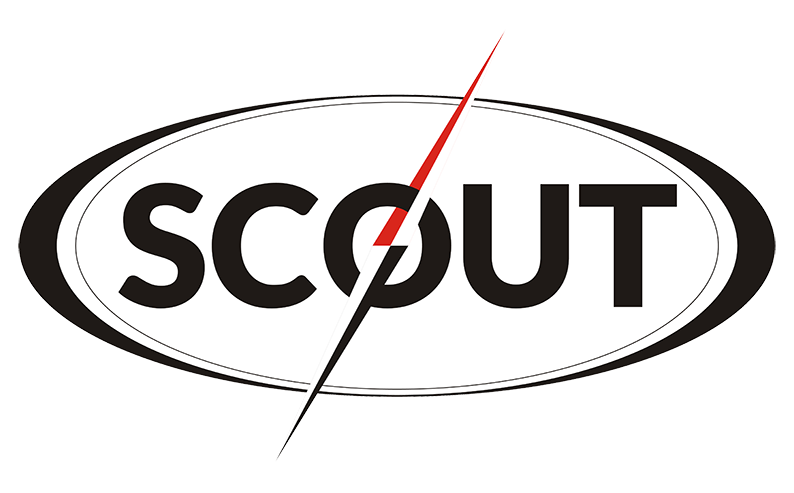
These examples highlight why salvage value is an important financial estimate. Whether dealing with vehicles, equipment, or property, businesses must consider depreciation, maintenance, and market conditions when determining an asset’s final worth. Investors and stakeholders often look at asset values, including salvage value, to assess how well a company manages its assets. A business that consistently underestimates or overestimates salvage value can give an inaccurate picture of its financial health. By understanding and properly calculating salvage value, businesses can make better decisions when purchasing, using, and eventually disposing of their assets.
2.1.3 Intangible assets used in research and development (IPR&D)

Investors use salvage value to determine the fair price of an object, while business owners and tax preparers use it to deduct from their yearly tax liabilities. Another example of how salvage what is salvage value in accounting value is used when considering depreciation is when a company goes up for sale. The buyer will want to pay the lowest possible price for the company and will claim higher depreciation of the seller’s assets than the seller would. This is often heavily negotiated because, in industries like manufacturing, the provenance of their assets comprise a major part of their company’s top-line worth.

Historical Data and Industry Benchmarks

Depreciation Methods can be a bit complex, but they’re essential for accurately calculating an asset’s value over time. There are other methods of depreciation besides straight line, and they’re used to gain tax or cash flow advantages. The annual depreciation expense is then subtracted from the initial cost to determine the book value over the years. Salvage value is integral in making informed investment decisions, offering insights into the residual value of an asset at the end of its useful life. This estimation assists businesses in evaluating the potential return on investment (ROI) and the overall financial feasibility of acquiring new assets. Market conditions and technological advancements significantly influence salvage value.
Salvage value and different depreciation methods

First, companies can take a percentage of the original cost as the salvage value. Third, companies can use historical data and comparables to determine a value. To appropriately depreciate these assets, the company would depreciate the net of the cost and salvage value over the useful life of the assets. If the assets have a useful life gym bookkeeping of seven years, the company would depreciate the assets by $30,000 each year. Salvage value is important because it becomes the asset’s value on company books after depreciation.
- In accounting terms, it is the amount for which the asset can be sold after its useful life has ended.
- Companies use this value to figure out how much to subtract from the original cost of the thing when calculating its wear and tear.
- Different methods of asset depreciation are used to more accurately reflect the depreciation and current value of an asset.
- By subtracting the salvage value from the initial asset cost, businesses derive the depreciable base, which is then systematically expensed over the asset’s lifespan.
- The insurance company decided that it would be most cost-beneficial to pay just under what would be the salvage value of the car instead of fixing it outright.
- Let’s say the company assumes each vehicle will have a salvage value of $5,000.
Depreciation Methods for Valuing Assets Over Time

This may also be done by using industry-specific data to estimate the asset’s value. It just needs https://dbasqlserverbr.com.br/introduction-to-process-costing-managerial/ to prospectively change the estimated amount to book to depreciate each month. However, estimating it presents several challenges that can impact the reliability and accuracy of financial statements and decision-making.
